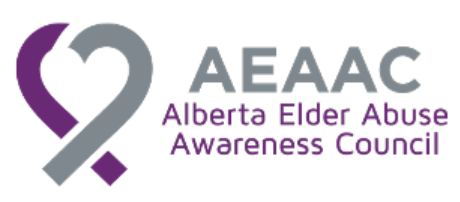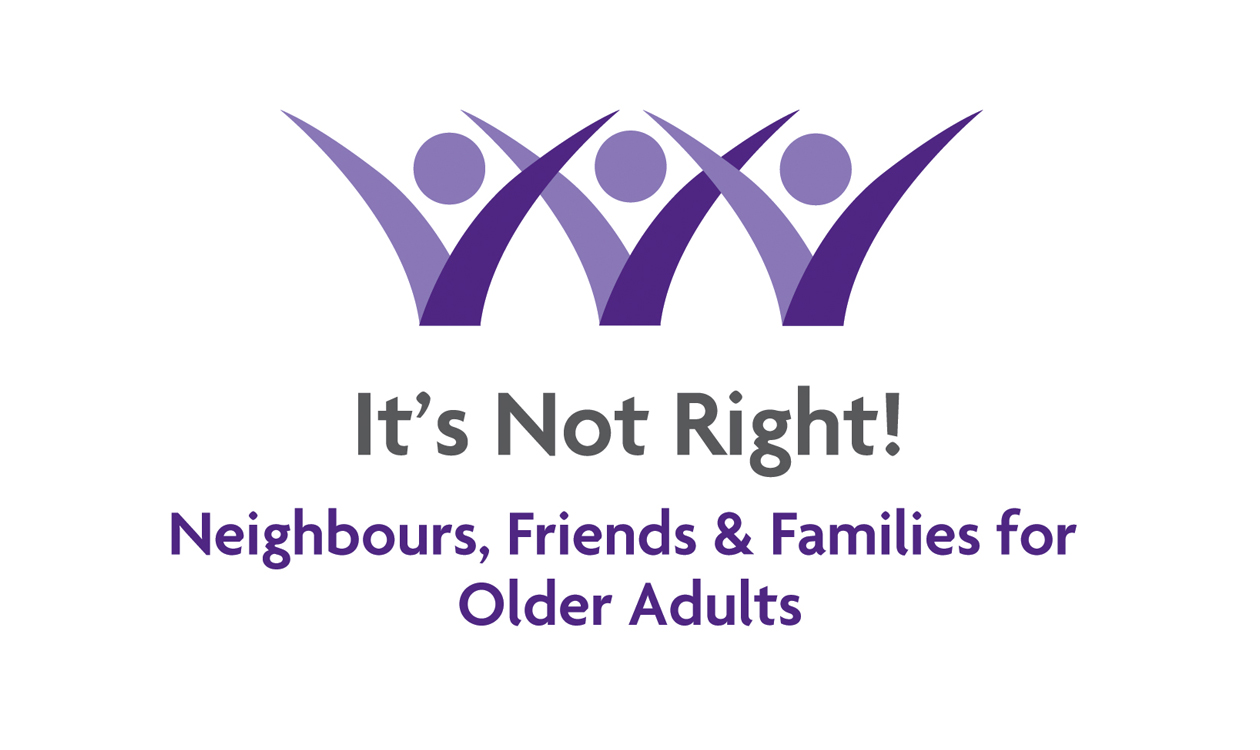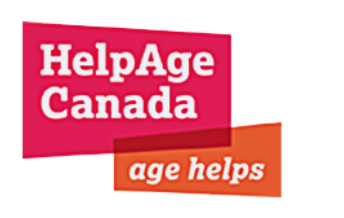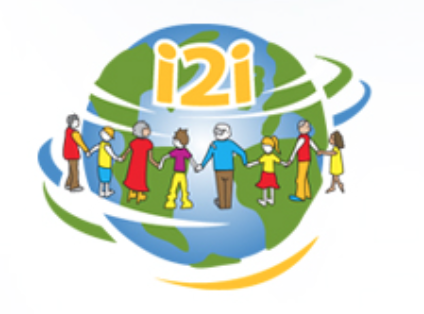- Details
- Published: 06 March 2015
CNPEA: Tell me about your project.
Karen: Our elder abuse awareness project spanned Western Canada: BC, Alberta, Saskatchewan and Manitoba. We developed training manuals and presentations for volunteer facilitators to provide resources for seniors. We have a number of peer support groups, especially in rural locations led by facilitators. We also provided training for all CNIB staff around elder abuse and developed two training manuals, one for staff and one for the community.
We focused on elder abuse broadly, including the signs and symptoms and also specific information relevant to the blind and partially sighted population. For example, a blind or partially sighted person may be more susceptible to financial abuse; what does that mean to your work as a service provider? They may have to rely on others to read financial documents because the font is in size 2. They may have to trust someone else with their bankcard because the ATM machines do not have Braille.
CNPEA: What is Generation Aware?
Karen: We hosted a very large community event in Edmonton involving senior-serving agencies working with elder abuse issues. Training was provided for volunteer peer support groups who work in rural communities. We really unpacked what elder abuse means when you work with people who may be for example, sad, angry or fearful and how these emotions play out in a group dynamic. The training helps identify the needs of the group and the connection between their needs and elder abuse. Making the environment safe for people to talk about elder abuse and understanding safety is essential.
The Generation Aware conference also had a fabulous keynote, Molly Burke, who shared her story of being bullied as a youth and overcoming really terrible life experiences. Molly’s story emphasized that bad things happen to good people, but things will get better. Resiliency is so important. The audience was predominantly seniors and you could feel people were really engaged in Molly’s presentation. You could have heard a pin drop.
CNPEA: What is important for elder abuse professionals to know about working with seniors who are blind or partially sighted?
Karen: Due to the nature of population, a lot of blind or partially sighted seniors are more vulnerable and more likely to seek assistance with daily living tasks. Accessibility is huge. If you give them a list of emergency numbers it would likely be useless to them. Any information needs to be accessible. This could be as easy as typing something up and emailing it to them because most will have computer software to interpret the information. It comes back to what I mentioned earlier about ATM machines. No two are the same. Some have green buttons while others have red. Some are a flat touch-screen. Different ATM machines are only the start: imagine trying to read a will or any legal document when you are partially sighted and the type is so small. These types of challenges really encompass the life of a person who is blind or partially sighted, from shopping to eating and bathing. This is usually why this community enters assisted living at an earlier life stage, which may be another route for elder abuse to occur.
CNPEA: How can elder abuse practitioners work in a more empowering and inclusive way with blind and partially sighted seniors?
Karen: Using person-centered language is so important. There are seniors who are blind or partially sighted; they aren’t blind or partially sighted seniors.
In one word, the solution is “accessibility”. A lot of our clients realize that most offices don’t use point 42 font. You should; but most people have learned not to expect it. Still, you can increase font size to increase accessibility.
On the other side of things, most people expect a blind person to have a guide dog or walk with a cane. Visual impairments are usually more hidden than that. So you sometimes need to ask questions to identify people’s accessibility needs.
Everyone is unique, and adapting content to suit the person can help. This can be as easy as emailing a document so the computer can adapt it for them. You also have to think about the layers, about the whole person: an 80-year-old person has very different needs than an 80-year-old person who is blind or partially sighted. A senior who is newly partially sighted may also have different needs than a senior who has lived with a visual impairment all of his or her life.
CNPEA: Is there anything else you would like to share?
Karen: The project is now complete. We learned a lot and it was really a new area of exploration for us. Our organization knows a lot about blindness but our backgrounds are often not in elder abuse so we spent a lot of time connecting with experts and learning. We developed protocol for supporting clients experiencing elder abuse and how to support them in accessing help. Our final products included a training manual for all CNIB staff that we are really proud of. We also have a video, which is an accumulation of things from Generation Aware and our PowerPoint slides. Our end products are really useful for us and spread the message over four provinces.
For more information about the CNIB project: www.cnib.ca

















